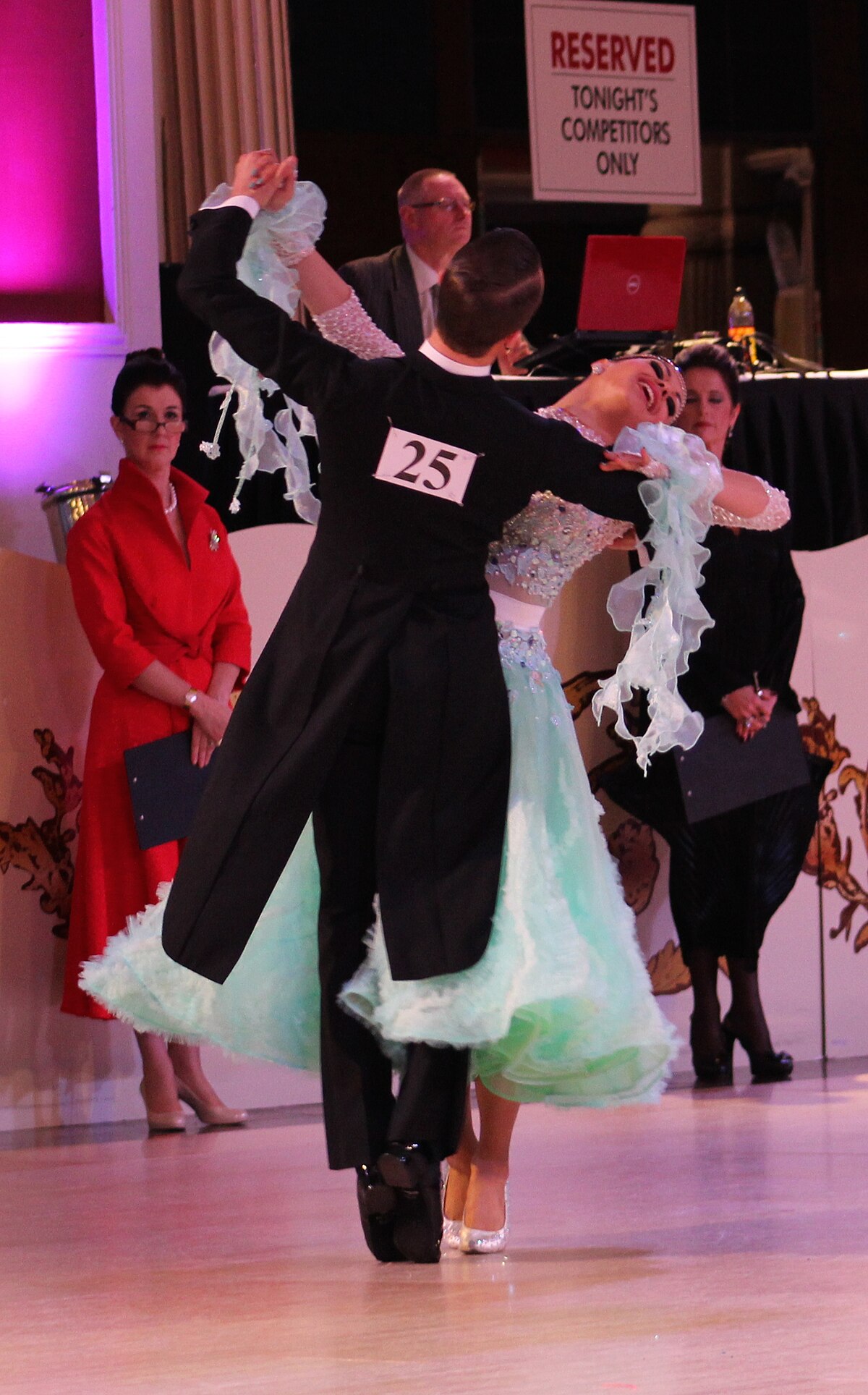All about Dance Fridays
Wiki Article
Some Known Details About Dance Fridays
Table of ContentsAbout Dance FridaysWhat Does Dance Fridays Do?Some Ideas on Dance Fridays You Need To KnowThe Best Strategy To Use For Dance Fridays9 Simple Techniques For Dance FridaysThe 5-Second Trick For Dance FridaysSome Known Factual Statements About Dance Fridays
The significant difference that differentiates the Miami-style from various other North American styles is the "Atras" or "Diagonal", back breaking actions executed in reverse diagonally rather than moving forwards and backwards as seen in the New york city style. Dancers do not shift their body weight significantly as seen in other designs. Rather, professional dancers keep their top body still, poised and relaxed, focusing on foot motion.A major difference between Cali Style and Miami-style is the latter is specifically danced on the downbeat (On1) and has elements of lusters and show-style included to it, complying with arsenals of North American styles. Miami-style has several followers, particularly Cuban-Americans and other Latinos based in South Florida.
Several of the steps involve quickly exchanging partners. "Rueda de Miami" originated in the 1980s from Miami, is an official style with many guidelines based on a mix, and is a hybridization of Rueda de Cuba & North American dance designs, with some regimens reflecting American culture (e.
Coca-Cola, Dedo, Adios) which is not found in discovered traditional Cuban-style Rueda (salsa dancing club san francisco). Cali is also recognized as the "Capital de la Salsa" (Salsa's Capital); due to salsa songs being the main style in celebrations, bars and celebrations in the 21st century.
4 Easy Facts About Dance Fridays Explained
They consist of various acrobats such as partnered turns to amuse with these jaw going down stunts. Their maneuvering is elaborate and precise, assisting a number of Colombian Design dancers win major globe championships. Cali hosts several yearly salsa occasions such as the Globe Salsa Cali Event and the Encuentro de Melomanos y Coleccionistas.For instance, scientists in the natural scientific researches examined the mathematics of salsa dance moves. In the social sciences, researchers have actually researched salsa dancing to comprehend, for instance just how the Latino identity is linked to salsa dancing. The research study of salsa dancing has actually been studied as a allegory to comprehend emotional and cultural economic situations.
Centro Journal. Obtained 2023-05-26. Salsa Vida.
Salsa Vida. 26 June 2023. Obtained 5 October 2023.

The city of musical memory: salsa, document grooves, and popular culture in Cali, Colombia. Salsa Vida SF. The Journal of Popular Society.
Not known Facts About Dance Fridays

54 (5 ): 9991024. doi:10 - salsa dancing club san francisco. 1108/EJM -08 -2018 -0565. ISSN0309-0566. S2CID216399732.
Something failed. Wait a minute and attempt once again Attempt once more.
Unknown Facts About Dance Fridays
We're speaking about the dance, not the delicious South American spice. The beginnings of the word "Salsa" as the name of a dance has given discussion for years. One of the most prominent (and potentially approved) theory is that Cuban and Puerto Rican artists in New York created the expression in New york city in the 1970's, to describe the spicy blend of music they were creating out of the rhythms and motifs of Cuban kid montuno, guaracha, chachacha, mambo and bolero.Report this wiki page